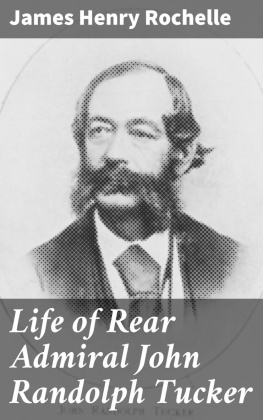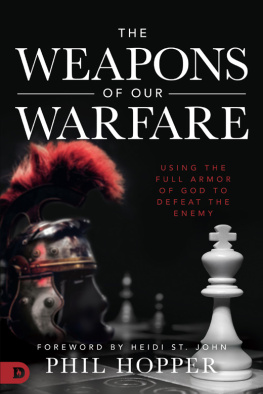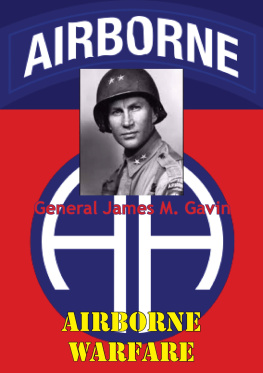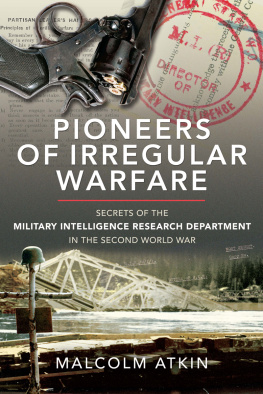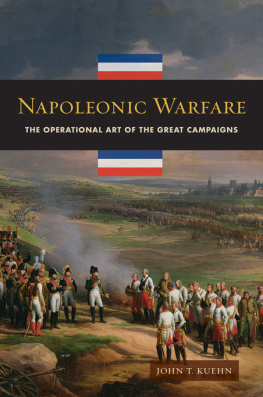First published in 1963 by George Allen & Unwin Ltd
This edition first published in 2021
by Routledge
2 Park Square, Milton Park, Abingdon, Oxon OX14 4RN
and by Routledge
52 Vanderbilt Avenue, New York, NY 10017
Routledge is an imprint of the Taylor & Francis Group, an informa business
1963 George Allen & Unwin Ltd
All rights reserved. No part of this book may be reprinted or reproduced or utilised in any form or by any electronic, mechanical, or other means, now known or hereafter invented, including photocopying and recording, or in any information storage or retrieval system, without permission in writing from the publishers.
Trademark notice: Product or corporate names may be trademarks or registered trademarks, and are used only for identification and explanation without intent to infringe.
British Library Cataloguing in Publication Data
A catalogue record for this book is available from the British Library
ISBN: 978-0-367-68499-0 (Set)
ISBN: 978-1-00-316169-1 (Set) (ebk)
ISBN: 978-0-367-71182-5 (Volume 22) (hbk)
ISBN: 978-0-367-71184-9 (Volume 22) (pbk)
ISBN: 978-1-00-314967-5 (Volume 22) (ebk)
Publishers Note
The publisher has gone to great lengths to ensure the quality of this reprint but points out that some imperfections in the original copies may be apparent.
Disclaimer
The publisher has made every effort to trace copyright holders and would welcome correspondence from those they have been unable to trace.
first published in 1963
This book is copyright under the Berne Convention. Apart from any fair dealing for the purposes of private study, research, criticism or review, as permitted under the Copyright Act 1956, no portion may be reproduced by any process without written permission. Enquiry should be made to the publishers.
George Allen & Unwin Ltd, 1963
printed in great britain
in 11 point Juliana type
by simson shand ltd
london, hertford and harlow
BY LT.-GENERAL SIR J. W. HACKETT
k.c.b., cb.e., d.s.o., m.c., m.a., b.litt.
A need has long, been felt for a systematic study of warfare in depth. Different types of operation conducted in different degrees of depth have been investigated often enough. What is the relationship between them, and where do they stand in relation to a coherent whole? That is a question which many of us have been asking since the last war, as we reflect on the big dividends paid by some unorthodox operations and the disappointing results of others, and as we remember the diversity of private armies and the frequent difficulty of co-ordinating their efforts with the main battle. This book takes us a long way on in the search for an answer to this question.
How far do operations in unusual depth or with other special characteristics demand special forces? There can, of course, be no general answer. A sensible approach is to accept the principle that regular types of units should be the norm, and should be used for any task which they can adequately carry out. If an essential task can only be done much less efficiently (or not at all) by a regular type of unit, the creation of a special force can be considered. This is the position taken on this point by the more conservative commanders and is on the whole a good one to start from.
It is possible that we have in Britain, in our military practice, insufficiently explored the variation of regular types of unit, in organization, equipment, technique and training, to meet unusual needs. It would be far from true to say that, in the British army at least, this has been ignored. A problem faced by many commanders in baor in recent years has been the reintegration of a unit (an infantry battalion say) into a normal formation, training for full-scale warfare in Western Europe, when the unit came fresh from a tour of operations in the special circumstances of Kenya, Cyprus or Malaya. In those theatres some of the infantry support weapons were put away and techniques of infantry co-operation with guns and armour received scanty attention. The infantry rifleman became the dominant figure once more and Battalion Commanders squeezed out as many riflemen as they could. Dispersed fighting was practised, and different forms of patrolling were studied; techniques proper to the terrain and to the methods, equipment and purpose of the enemy-were learnt and applied.
On transfer from operations of this sort to a nato assignment these battalions (never, in my experience, anything but the better for their experiences) lost no time in reactivating those parts of their structure which had been permitted a temporary atrophy. The transition, well prepared at either end of the cycle, was usually quite smooth and provided there were early opportunities to fire weapons and practise other aspects of the relevant techniques it was quite quickly made.
Thus variation of operational method, and even of internal structure to meet changing requirements, is by no means untried. We have, indeed, within fairly close limits, had a good deal of experience of it. What now needs careful study is how far variation in operational demand can be met in this way; how far, that is, the limits can be extended.
In other words, what is a special operation; and when does an operation become so special that only a special force can carry it out? In the search, not so much for answers to these questions, as for a dialectical method by which the answers in any set of circumstances can be found, the preparatory work presented in this book will be invaluable.
Three points seem to me worth making here. First of all, what is at one time special (in the way in which we are using this word) often tends to become normal as time passes. This tendency is far advanced with airborne forces already and also with many aspects of Royal Marine Commando work. In the latter, when the tendency has gone further still, the argument for dropping the term Commando and describing a Marine battalion as such will be heard with added force.
Secondly, in a small regular army, like the British, which has to meet a variety of demands, further attention to variation of structural form and operational techniques within normal units is quite inevitable. We simply cannot afford too many special types of unit.
Thirdly, it is worth reflecting for a moment on the high diversity among the abnormal types of unit mentioned in Dr Heil-brunns book and noting at the same time as a point of some interest how many of them were of British origin.
The British take very kindly to the oblique approach in war. Some day a competent enquiry will establish why this should be so, making use of the admirable work of Liddell Hart and others in this field, and looking at the question on its sociological and historical background. It is probable that geography, racial mixture and climate will turn out to have much to do with it. The first has been particularly important in its effect on Britains maritime development. At the same time we should remember a quite common British tendency to conceal highly eccentric personal characteristics under a deceptively conformist exterior. Special forces of one sort or another gave the opportunity to exploit a rich vein of eccentricity in support of Britains effort in the last war.



